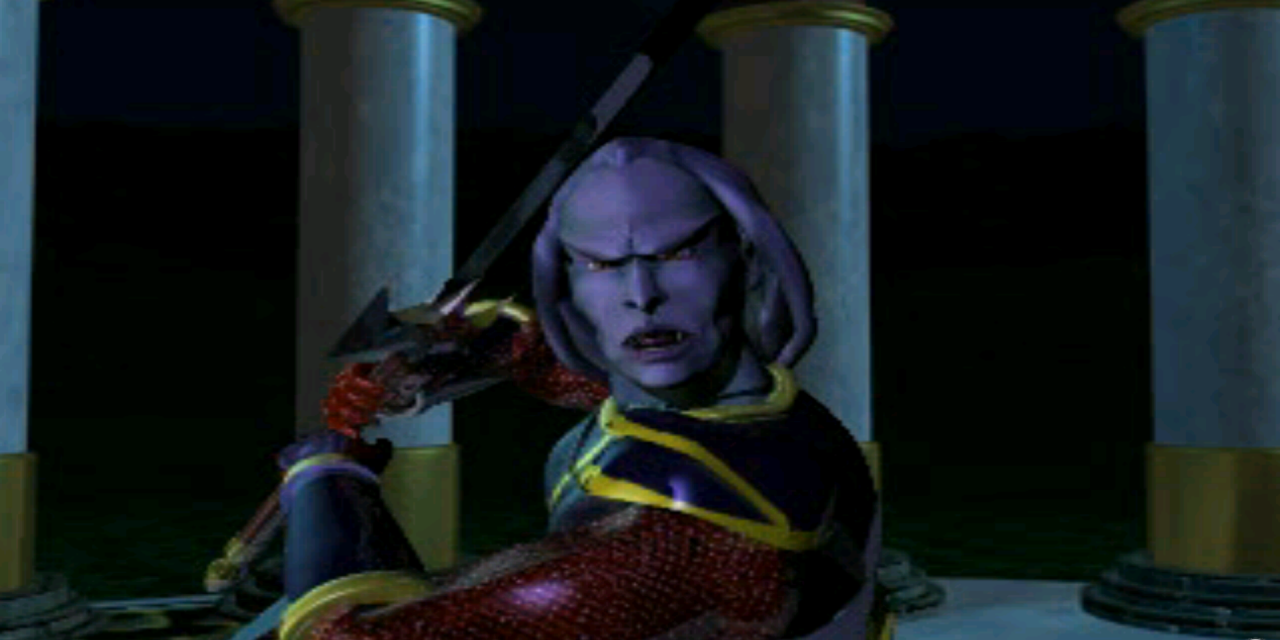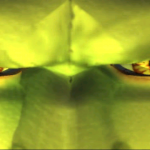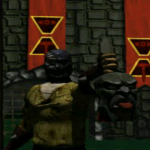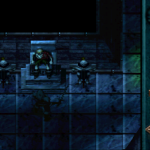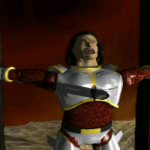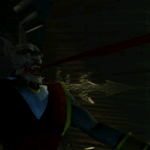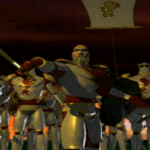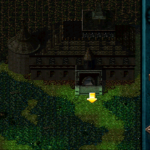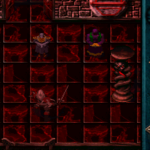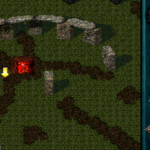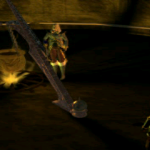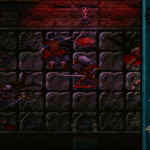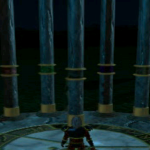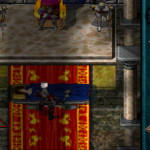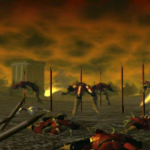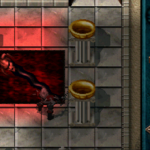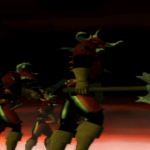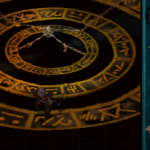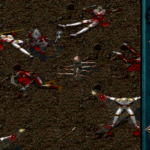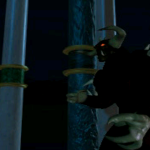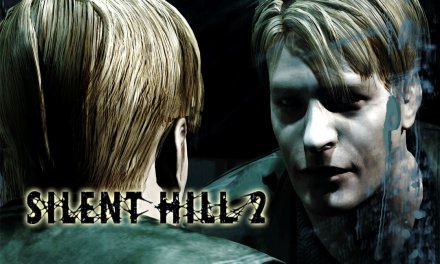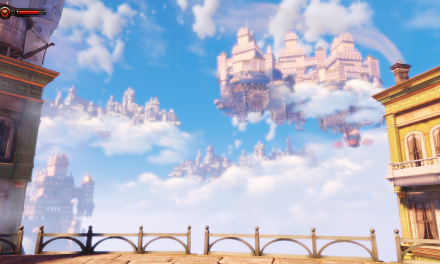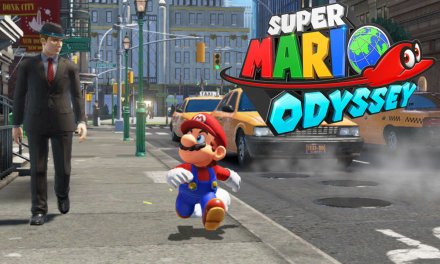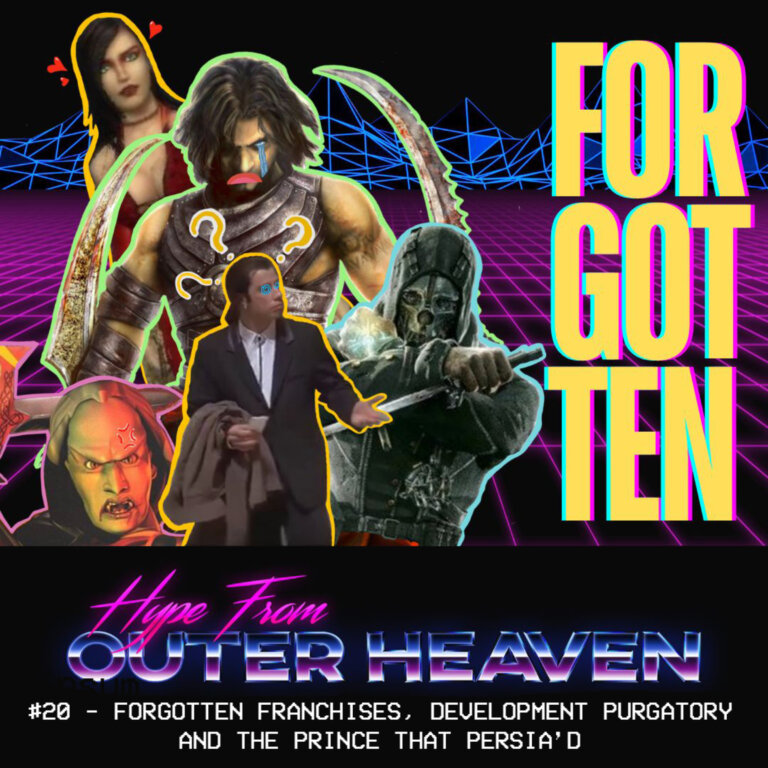Woe to the conquered…
With the summer drought almost at an end, I recently took the time to play one of the games that defined my childhood, Blood Omen: Legacy of Kain. With a stellar overarching narrative and a fiercely loyal cult following, it’s abundantly clear that the Legacy of Kain series has certainly made a mark on the gaming industry; but while playing the original title I found myself pondering as to why the once great series has fell by the wayside in recent years and why we haven’t seen a true LOK game in over fourteen years. During this article I will be discussing what made the original game great, what exactly went wrong, and whether there is any hope in the future for the franchise.
From the dark perversions of the Catholic church found in Bram Stoker’s Dracula to the alluring mysticism in Anne Rice’s Vampire Chronicles, vampires are a particular area of horror that I have always held dear. The mythology (born out of slavic folklore) has been a staple of horror and literature since the early 19th century, going on to dominate in cinema and television, even making an appearance in video games. Whilst other series such as Castlevania have featured vampires, Blood Omen: Legacy of Kain was the first game to cast the player in the role of a vampire. For me, it was the game that started it all; when my old man started playing Blood Omen: Legacy of Kain back in 1997, I was fixated on it like nothing I had been before (not even my Sega Mega Drive invoked that kind of reaction). When I was able to play it myself some years later, it quickly became one of my favourite games of all time.
Blood Omen: Legacy of Kain is an Action-Adventure/RPG hybrid played from a top down perspective, similar to other isometric RPG’s released around the same time. The game follows the exploits of titular dark anti-hero Kain (voiced by the brilliant Simon Templeman) who is placed on a continent spanning quest to restore the land of Nosgoth (heavily inspired by Medieval Europe) as well as learn the true nature of his condition as a vampire along the way. Kain is murdered in the early stages of the game by highwaymen, and finds his soul transported to a hell dimension to suffer his fate for eternity. While imprisoned, the necromancer Mortanius offers Kain a chance at revenge, which Kain jumps at immediately without considering the heavy cost that comes with it. Kain is transformed a vampire, and after laying waste to his assassins begins to realise that his condition is a curse. Kain eventually stumbles upon the Pillars of Nosgoth, initially seeking a cure for vampirism but soon learning that the land is dying due to the murder of the Scion of Balance Ariel, leaving the land corrupted and in complete disarray. What follows is a continent spanning quest to kill the a band of sorcerers called the Circle of Nine to restore not only the Pillars but the land of Nosgoth itself.
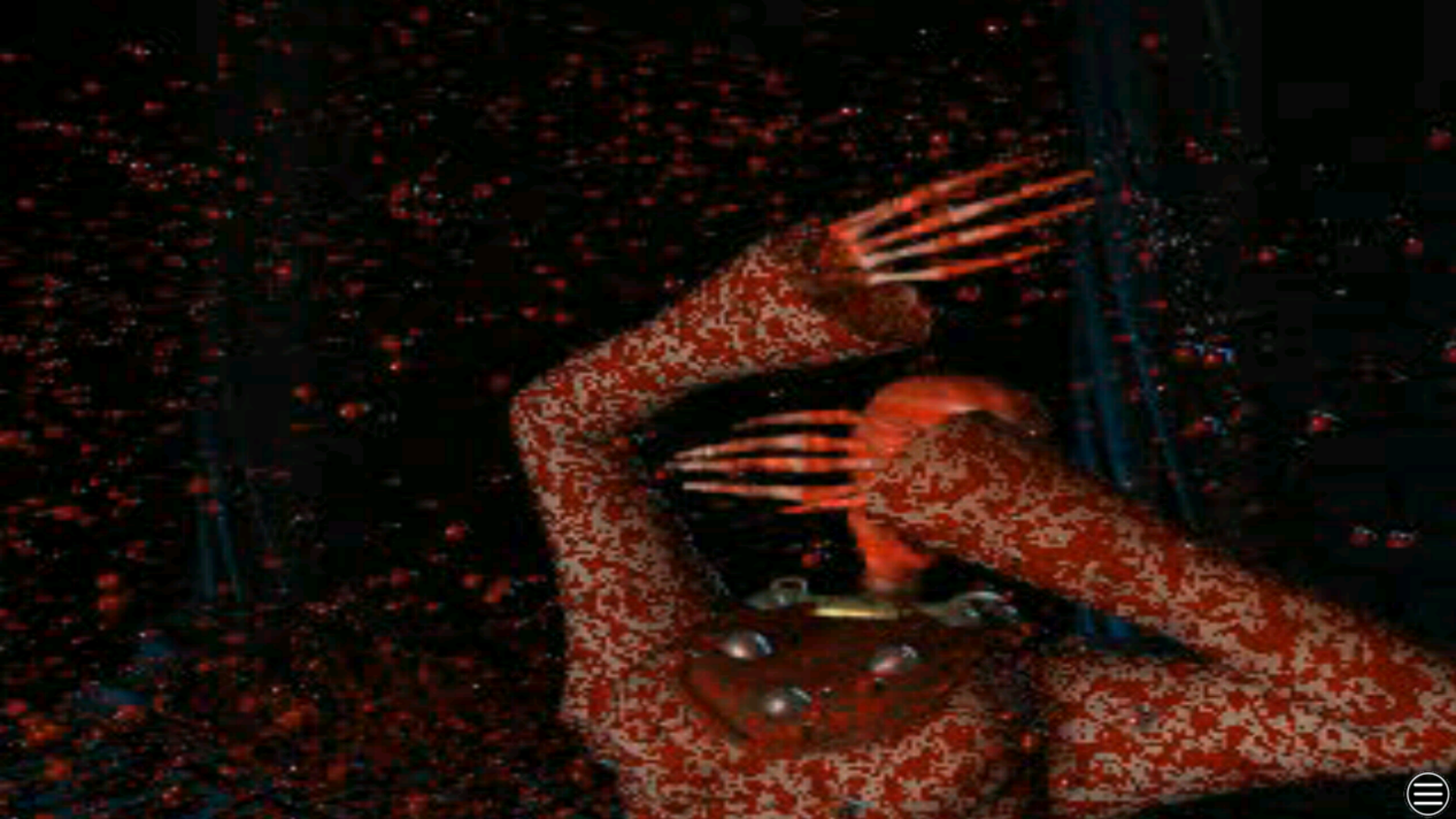
Blood Omen: Legacy of Kain: A brutal and bloody tale of revenge, which is a mimicry of our own nature as human beings.
Blood Omen’s gameplay can best be described as a dungeon crawling RPG, not unlike the likes of Diablo but with a much more linear path; the game is a mix of hack and slash combat, puzzle solving and exploration. Being a mix of outdoor environments and dungeons, and including a day/night cycle and weather system, the terrain of Nosgoth can be extremely harsh to the fledgling vampire, being vulnerable to water as well as weather effects such as rain and snow. Kain’s health will also deplete over time, requiring you to feed on the blood of your victims on a regular basis. Kain also possesses many supernatural abilities that he can utilize to make a bloody mess of his foes, which strengthen as you progress through the game; alongside this is a plethora of weapons and armor found throughout the title, offering new and interesting ways to bring the slaughter. In addition to his equipment and abilities, Kain also has the ability to take on several forms that help him navigate the terrain of Nosgoth, for example: the bat form allows Kain to fast travel to previously discovered areas, the wolf form offers an alternate form of combat alongside being more agile and being able to scale heights as well as a mist form that allows him to travel across water unharmed, and pass through certain walls throughout the game world that were otherwise inaccessible. All of these features comes together to make it genuinely feels like you are playing as a vampire, something that developer Silicon Knights executed perfectly.
Designed from the ground up as a game that “adults would want to play”, Silicon Knights had a difficult task ahead of them when developing Blood Omen; with the intention of bringing artistic cinema to video games, aswell as revolutionising the action RPG genre for the modern gaming climate. Coming it at 15-20 hours for the main campaign, and bordering on 100+ hours if you attempt to track down every secret in the game, Blood Omen certainly wasn’t a lightweight when compared to its peers; however, Silicon Knights managed to pull it off, not only through the games dark tone and violent gameplay, but with the inclusion of 3D rendered and fully voiced cutscenes, which were extremely rare for a video game at that point in time. The game is already dripping with atmosphere, but would not be as effective at pulling it off without the dark, gothic score than accompanies it, which Steve S. Henifin composed beautifully. The score makes heavy use of tubular bells and marching drum beats for a lot of the audio tracks, but it adds a layer of atmosphere that compliments the game entirely. The game released to near universal acclaim upon release, with the PlayStation version being the most well received; however soon after Silicon Knights were embroiled in a dispute over the ownership of the intellectual property rights to the franchise in which Crystal Dynamics won, spawning the 1999 game Soul Reaver and its subsequent sequels.
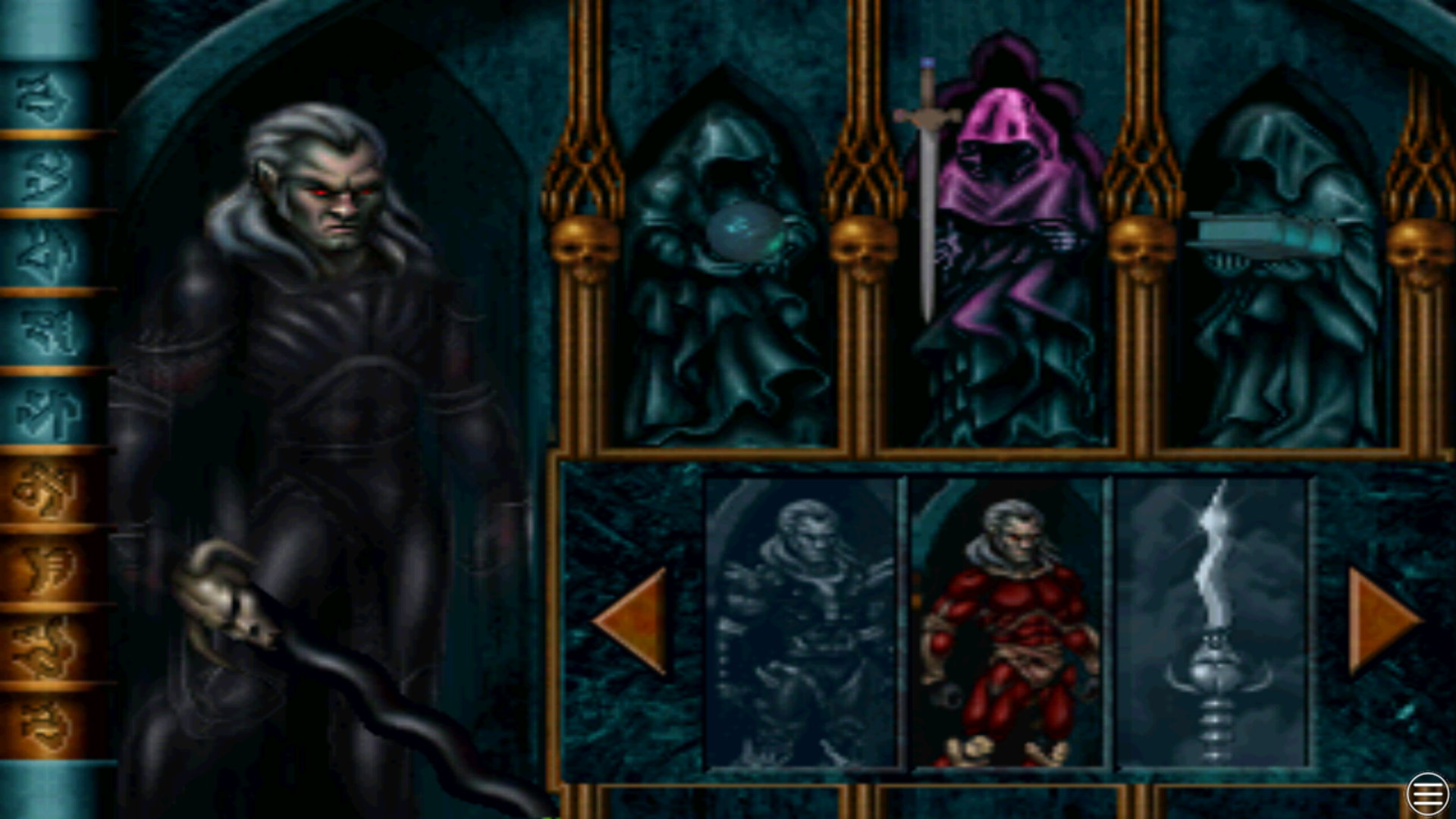
The Soul Reaver: The iconic sword that is featured heavily in the series overarching narrative.
To say that the Legacy of Kain series has had a colourful development history is a understatement, with the series having more cancelled games than any other franchise out there. As many as ten titles have been reworked or cancelled outright during the franchise’s lifetime, resulting in five titles covering the span of the initial 7 year development cycle. Following the release of Legacy of Kain: Defiance in 2003, another entry in the series was in development by Ritual Entertainment called Legacy of Kain: The Dark Prophecy in 2004, which would have followed Kain as he entered the Hylden realm with the intention of taking the war directly to them; the game would also feature parallel timelines following Kain’s journey both post Defiance and post Blood Omen 2, in gameplay similar to Defiance. The game was cancelled a couple of months into development. Currently Square Enix hold the intellectual property rights to the franchise, as they bought out Eidos Interactive in 2009 with Crystal Dynamics acting as a subsidiary.
The series would not see another title under Square Enix until rumours surfaced in 2009-2010 that a new Legacy of Kain title was secretly in development under the code name “Black Cloth”. The game was eventually revealed in 2013 by a LOK fan called Mama Robotnik as Legacy of Kain: Dead Sun, in the form of scrapped media from the game and an extensive account of its development (the original forum post and an extensive history of cancelled LOK games can be found here). Dead Sun was to be developed by Climax Studios, with a multiplayer component developed by Psyonix (which would later become the ill-fated MOBA Nosgoth). Fan reaction for the game could be described as mixed, but was ultimately pretty bad, mainly due to the game’s shift in focus away from the overarching narrative and the game basically being an Arkham clone. Interestingly enough it seems that this was SE’s intention, as within an article with Eurogamer a source claimed that Square Enix wanted the series to be more accessible to a new audience, leaving the original fans by the wayside. He stated that the original fans were a “very niche audience” and that their main focus was to get “people who play Call of Duty now to play a Legacy of Kain game” which wouldn’t have rang true with the original fans in this humble writer’s (and hardcore fan of the franchise) opinion. Ultimately Square Enix never went ahead with the project, as the game was cancelled three years into its development cycle back in 2012 (before the game was even leaked). Ironically, the multiplayer component wouldn’t see much of the light of day either, as Nosgoth’s servers were officially shut down on May 31st 2016 after being in early access since 2015.
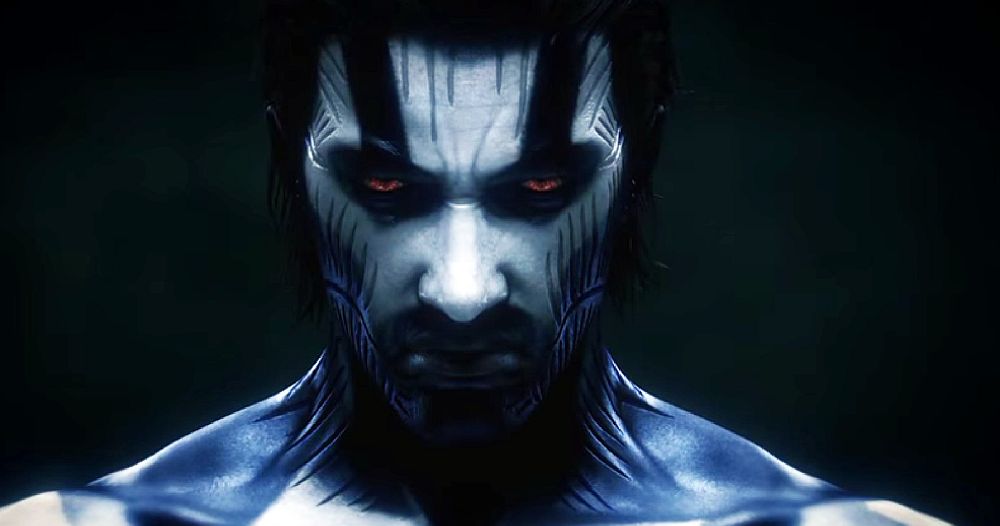
The Tyler Durden Effect: Gein/Asher, a Saradin vampire with a human soul would have been the main character in Legacy of Kain: Dead Sun.
The Legacy of Kain series has certainly had its fair share of success and failure over the years, and regardless of its dismal performance as of late, the original anthology of games will always be a constant source of nostalgia for the original fans of the franchise. In terms of the future, the only thing that we have to hold onto is a comment made by senior designer of Crystal Dynamics Michael Brinker in an interview with Australian website Finder where he stated that the chances of a new Legacy of Kain being made for the current generation of consoles was “a 50/50 chance” and that they “have in-house developers who really want to make that game”. I always like to end on a high note, and Brinker’s words invoke the same sentiment that the ending that Legacy of Kain: Defiance delivered; “the first bitter taste of that terrible illusion: hope”.

